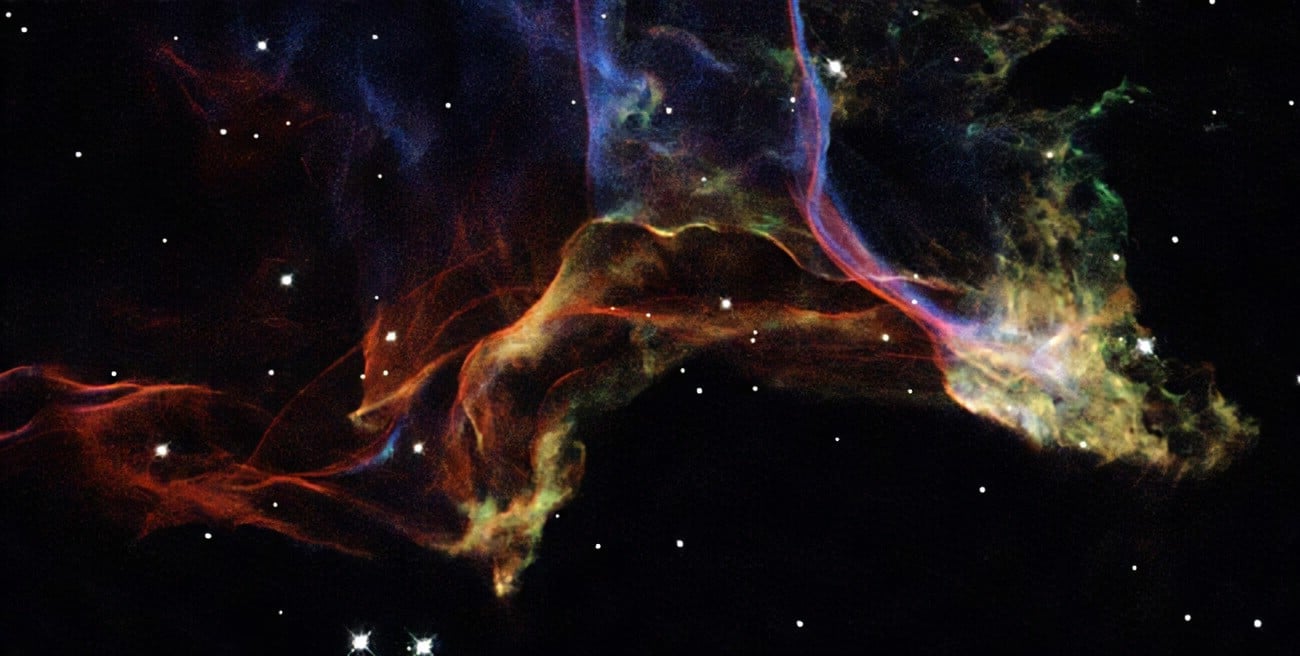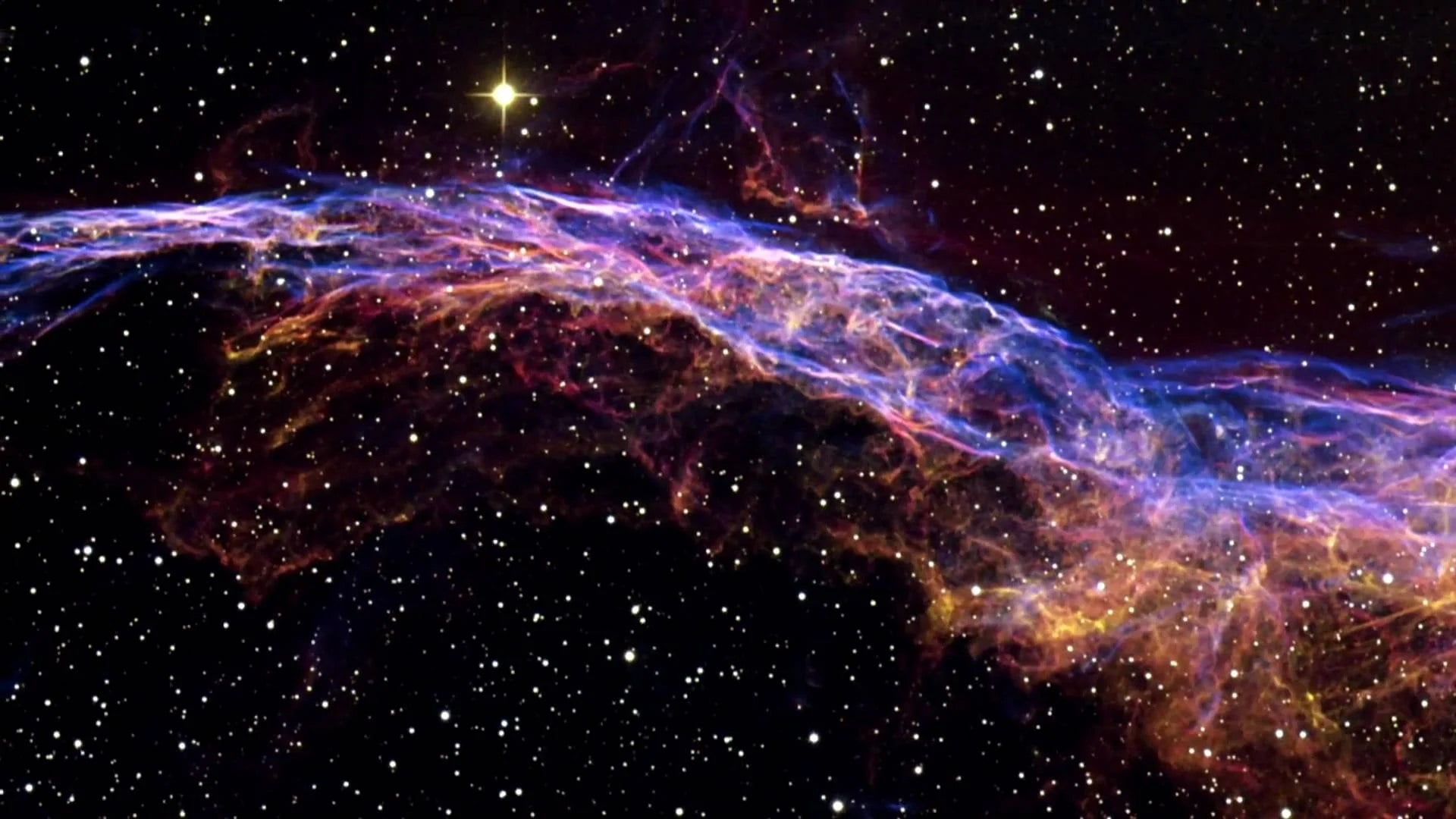On This Day in Space, April 13th, 2022 – One of my favorites from the Hubble Space Telescope – the Veil Nebula.The Veil Nebula is a cloud of heated and ionized gas and dust in the constellation Cygnus.It constitutes the visible portions of the Cygnus Loop, a supernova remnant, many portions of which have acquired their own individual names and catalogue identifiers. The source supernova was a star 20 times more massive than the Sun which exploded between 10,000 and 20,000 years ago. At the time of explosion, the supernova would have appeared brighter than Venus in the sky, and visible in daytime. The remnants have since expanded to cover an area of the sky roughly 3 degrees in diameter (about 6 times the diameter, and 36 times the area, of the full Moon). While previous distance estimates have ranged from 1200 to 5800 light-years, a recent determination of 2400 light-years is based on direct astrometric measurements. (The distance estimates affect also the estimates of size and age.)The Hubble Space Telescope captured several images of the nebula. The analysis of the emissions from the nebula indicate the presence of oxygen, sulfur, and hydrogen. The Cygnus Loop is also a strong emitter of radio waves and x-rays. On 24 September 2015 new images and videos of the Veil Nebula were released by the Space Telescope Science Institute, with an explanation of the images.ObservationThe nebula was discovered on 5 September 1784 by William Herschel. He described the western end of the nebula as ‘Extended; passes thro’ 52 Cygni… near 2 degree in length’, and described the eastern end as ‘Branching nebulosity … The following part divides into several streams uniting again towards the south.
Even though the nebula has a relatively bright integrated magnitude of 7, it is spread over so large an area that the surface brightness is quite low, so the nebula is notorious among astronomers as being difficult to see. However, an observer can see the nebula clearly in a telescope using an O-III astronomical filter (isolating the wavelength of light from doubly ionized oxygen), as almost all light from this nebula is emitted at this wavelength. An 8-inch (200 mm) telescope equipped with an O-III filter shows the delicate lacework apparent in photographs. Smaller telescopes with an O-III filter can show the nebula as well.The brighter segments of the nebula have the New General Catalogue designations NGC 6960, 6974, 6979, 6992, and 6995. The easiest segment to find is 6960, which runs behind 52 Cygni, a star that can be seen with the naked eye. NGC 6992 & 6995 are objects on the eastern side of the loop which are also relatively easy to see. NGC 6974 and NGC 6979 are visible as knots in an area of nebulosity along the northern rim. Pickering’s Triangle is much fainter, and has no NGC number (though 6979 is occasionally used to refer to it).It was discovered photographically in 1904 by Williamina Fleming (after the New General Catalogue was published), but credit went to Edward Charles Pickering, the director of her observatory, as was the custom of the day.The Veil Nebula is expanding at a velocity of about 1.5 million kilometers per hour. Using images taken by the Hubble Space Telescope between 1997 and 2015, the expansion of the Veil Nebula has been directly observed.



